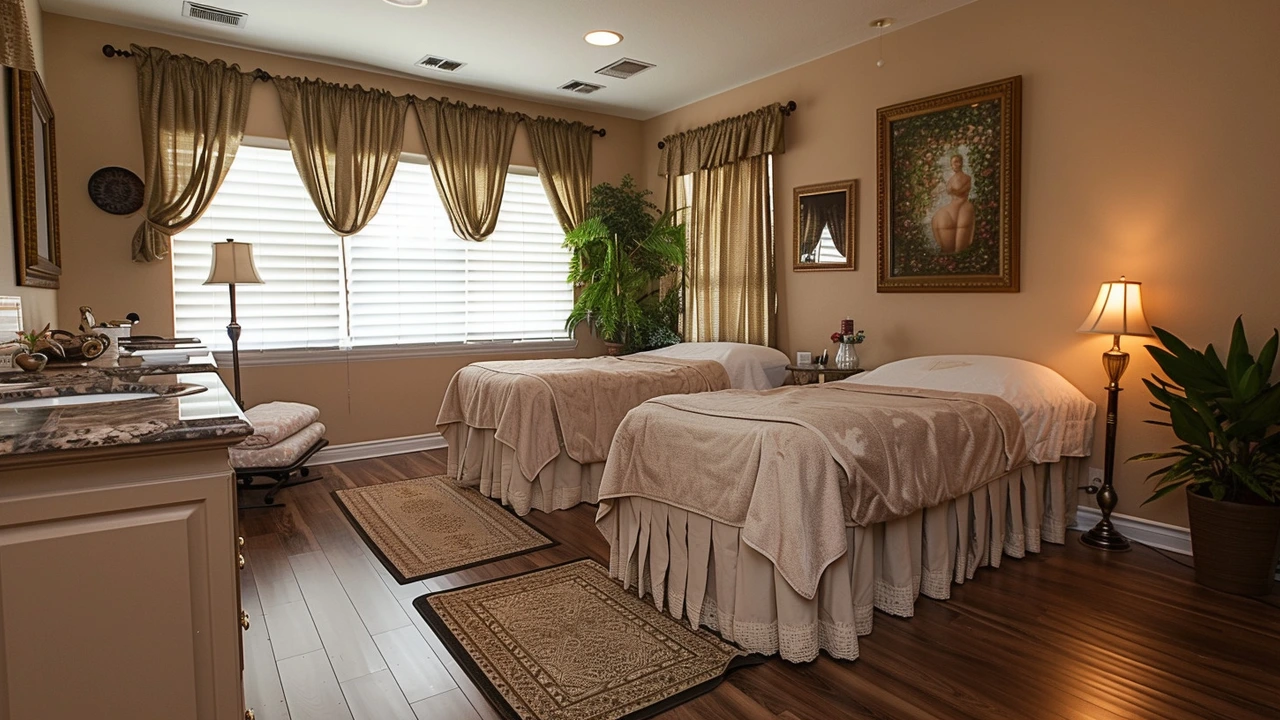
Introduction to Craniosacral Therapy
Imagine a therapy so subtle that it gently nudges the body towards healing, rather than forcefully demanding it to conform. That's craniosacral therapy for you. At its core, this therapy focuses on the rhythmic movements of the cerebrospinal fluid within the spinal cord and brain, known as the craniosacral system. This system's health is crucial for our overall well-being, influencing not just physical attributes but emotional and mental aspects too.
Therapists skilled in this technique use a light touch, barely the weight of a nickel, to evaluate and enhance the functioning of this vital system. Through gentle manipulations, they aim to ease the restrictions in the craniosacral system, promoting a sense of deep relaxation and aiding the body's natural healing processes. It's a holistic approach, addressing the person as a whole, rather than isolating symptoms or diseases.
The Science Behind Craniosacral Therapy
While the therapy might sound mystical to some, it's grounded in anatomy and physiology. The origins of craniosacral therapy lie in osteopathy, with its foundations laid by Dr. William Sutherland in the early 20th century. He discovered that the bones in the skull allow for slight movements and that these movements are linked to an individual's health and vitality.
Research and clinical studies surrounding craniosacral therapy have noted its effectiveness in various conditions. For instance, a study highlighted in the Journal of Alternative and Complementary Medicine found significant improvements in patients with chronic neck pain after undergoing craniosacral therapy sessions. This and numerous other studies support the therapy's potential in aiding physical and psycho-emotional health.
Who Can Benefit from Craniosacral Therapy?
One of the beauties of craniosacral therapy is its versatility. It's suitable for people of all ages, from newborns to the elderly. The reason? Its gentle nature and holistic approach make it a safe and non-invasive option for many conditions. In babies, it can help resolve birth traumas or difficulties such as colic or feeding problems. Adults may find relief from migraines, neck and back pain, stress-related disorders, and even emotional issues like anxiety and depression.
Moreover, it's particularly beneficial for those undergoing rehabilitation or looking to enhance their wellness routine. Athletes, for example, use craniosacral therapy to speed up recovery times and improve performance. In essence, anyone looking to improve their overall health and emotional well-being can benefit from craniosacral therapy.
What to Expect During a Craniosacral Therapy Session
Walking into your first craniosacral therapy session can feel daunting, but knowing what to expect can ease any apprehensions. Sessions typically last between 45 minutes to an hour, and you remain fully clothed. It begins with the therapist placing their hands gently on various points of your body, often starting at the feet to gauge overall health.
The therapist then moves to specific areas that require attention, applying light pressure to support the body's natural healing capabilities. Many describe the experience as deeply relaxing, with some even falling asleep during the session. Post-session, individuals often report feeling a sense of lightness, increased energy, and an overall sense of well-being.
Maximizing the Benefits of Craniosacral Therapy
To truly reap the benefits of craniosacral therapy, consistency is key. While some may experience relief after just one session, others may need multiple sessions to address deeper issues. Communication with your therapist is also crucial. Sharing your experiences and the changes you notice in your body helps tailor the therapy to your needs.
Additionally, integrating craniosacral therapy into a broader wellness routine can amplify its benefits. Complementing the therapy with a balanced diet, regular exercise, and mindfulness practices like meditation can enhance your overall health and well-being.
Concluding Thoughts on Craniosacral Therapy
In a world that often prioritizes quick fixes and medicinal solutions, craniosacral therapy offers a gentler, more holistic approach to healing. By respecting the body's natural rhythms and wisdom, it provides a path to profound relaxation and recovery. Whether you're dealing with physical pain, emotional distress, or simply seeking to elevate your wellness game, craniosacral therapy is worth exploring.
Remember, while the therapy is powerful, it's just one piece of the wellness puzzle. Harmonizing various aspects of your life, from nutrition to mindset, will ensure you gain the most from your journey towards health and vitality. So, embrace craniosacral therapy with an open mind, and let the journey of self-discovery and healing begin.
Write a comment